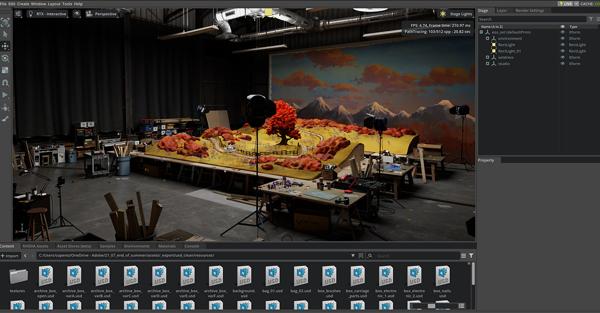Neural networks, ray tracing and Dlss: this is how Nvidia changes the game on PC
[ad_1]
When you put your hand on a latest generation laptop for hardcore gamers and you’re over fifty you always feel a little out of place. It will be the LEDs, the bulky dimensions, the keys that light up, that slightly “tamarro” look that make it a niche product, for true cultured people who have a clear purpose.
In our case we are facing the very latest Acer Predator Helios 18 with Nvidia Geforce RTX 4080 graphics card. Eighteen inches of screen for three and two kilos of weight, inside a 13th Gen Intel Core i9 CPU with 32 GB DDR5-4800 MHz RAM and a storage that boasts 2 TB PCIe Gen4 NVMe SSD, all for an MSRP of 4,490 euros.
As the name suggests Predator does not disappoint. We have tried it with very different games such as, from the historical simulator of Paradox Crusader Kings 3 to the “shooter” Doom Eternal squeezed to its maximum potential. The machine reacted with a sigh every now and then. But the test was also an opportunity to study the brand new Nvidia video cards based on the new Ada Lovelace GPU.
That means more than double the ray tracing rendering performance compared to the previous generation. In our case we are talking about the RTX 4080 (1499 euros) and more specifically the latest version of the Deep Learning Super Sampling (DLSS) technology which uses artificial intelligence to generate multiple high-quality sequential frames. It is a technology that is based on the use of the Tensor Cores of the RTX series GPUs.

It means that through machine learning and artificial intelligence, DLSS is capable of recreating high resolution images from lower resolution. How does it work? When you increase the graphic resolution, for example when activating techniques such as Ray Tracing, you are faced with a decrease in performance. In video games it means having games meno fluids that go jerky or as they say in technical terms with a frame rate lower. Instead of calculating each pixel of a frame, DLSS allows the game to focus on fewer points and uses the AI and GPU to reconstruct the rest. In practice, it improves the image quality of the game by recognizing elements and operating only where needed. This improves the image quality, reducing the effect and reduces the load on the GPU.
[ad_2]
Source link












